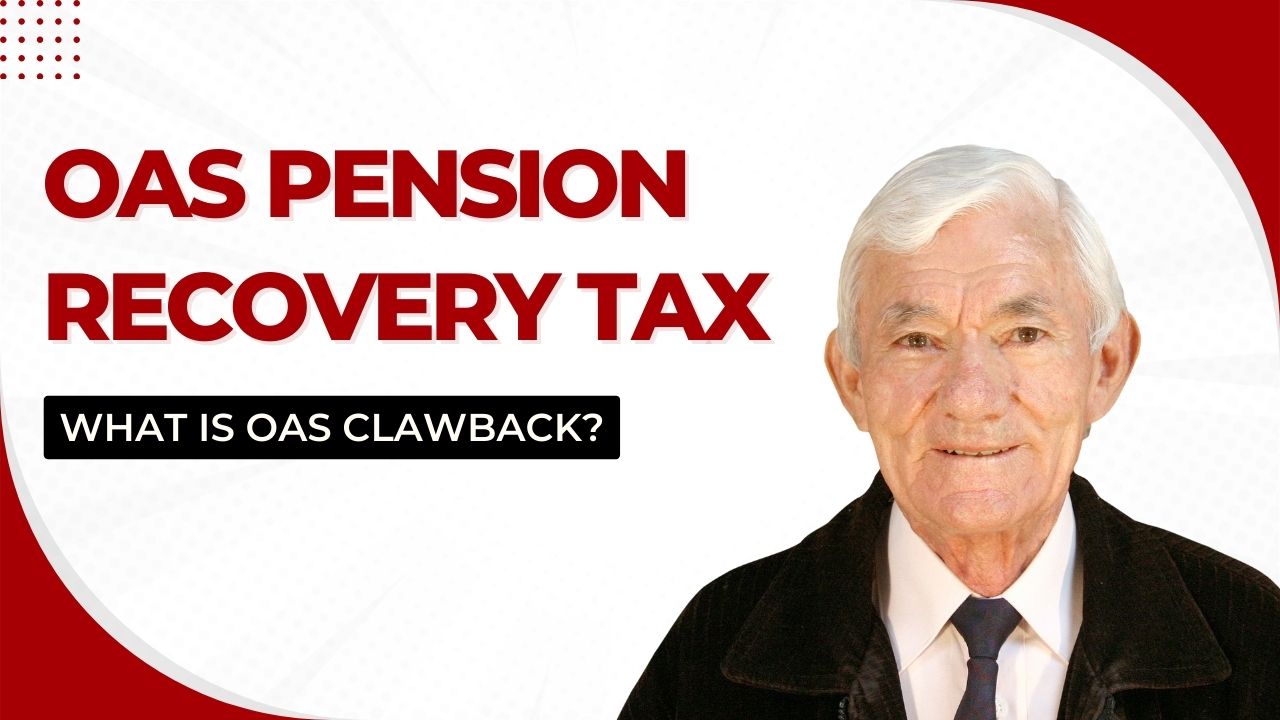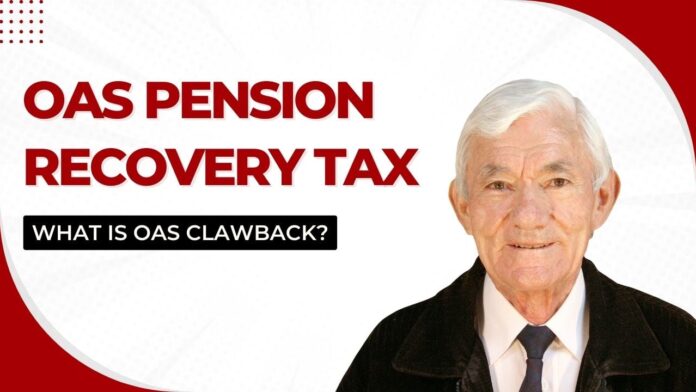The Old Age Security (OAS) Pension Recovery Tax is a policy implemented by the Canadian government to recover a portion or the entirety of the OAS pension from individuals whose income goes beyond a specific threshold. It is a measure aimed at balancing the social welfare system and guaranteeing that OAS benefits are distributed to those most in need.
The OAS pension is a need-based benefit intended to support seniors living in Canada with low income and who meet the eligibility criteria. The OAS Pension Recovery Tax is calculated based on the recipient’s net income, including Canada Pension Plan (CPP) benefits, employment, investment, and rental income.
The tax is calculated on a sliding scale, meaning the higher the recipient’s income, the more tax they will pay. The tax amount can be up to 100% of the OAS pension, depending on the recipient’s income level. This policy is intended to ensure that the OAS program remains sustainable and continues to support those who need it most.
OAS Pension Recovery Tax Guide

The term “OAS Clawback” refers to a situation where recipients of Canada’s Old Age Security (OAS) Pension must repay part or all of the OAS income they receive. Officially known as the OAS recovery tax, this mechanism is designed to recover OAS payments from high-income seniors.
How It Works
- Income Threshold: The clawback is triggered when an individual’s net income exceeds a certain threshold, which is adjusted annually. For example, as of 2022, the threshold was $81,761.
- Repayment Rate: Once income surpasses this threshold, the individual must repay a portion of their OAS pension. Typically, this repayment rate is 15% of the amount the individual’s income exceeds the threshold.
- Taxation Process: The repayment is handled through the individual’s income tax return. The Canada Revenue Agency (CRA) calculates the amount that needs to be repaid based on the individual’s net income reported on their tax return.
- Maximum Repayment: If an individual’s income reaches a higher threshold, they might have to repay the entire OAS pension they received for that year.
Implications
- Income Planning: For seniors close to the income threshold, careful planning is essential to manage their income sources efficiently to minimize or avoid clawback.
- Tax Considerations: The clawback essentially taxes higher-income seniors, aligning the OAS program’s benefits more closely with financial needs.
Recovery Tax Periods and Thresholds
The recovery tax is calculated based on income thresholds that vary by age group and income year. For instance:
- For July 2022 to June 2023, the minimum income recovery threshold for ages 65 to 74 is $79,845, and for ages 75 and over, it’s $129,757.
- These thresholds increase for subsequent years.
Repayment Calculation
The repayment amount is 15% of the difference between your income and the threshold amount for the year.
Example
- For 2022, the threshold is $81,761.
- If your income was $96,000, the repayment is 15% of ($96,000 – $81,761), which equals $2,136.
Return of Income Form
In January, recipients receive:
- An Old Age Security Return of Income form to fill out.
- An NR4 Old Age Security information slip showing the OAS amount paid and taxes deducted.
It’s crucial to accurately report these amounts and submit the form to the Canada Revenue Agency (CRA) by April 30 to avoid interruption in OAS payments.
Recovery Tax Deduction Process
Once the Return of Income form is processed, the reported net world income estimates the OAS pension repayment for the next tax year. This amount is then deducted monthly from OAS pension payments as a recovery tax.
If the deductions cause financial hardship, individuals can request the CRA to review their situation.
- Non-residents receiving OAS pensions must also pay non-resident taxes deducted from monthly OAS payments.
- The total non-resident and OAS recovery taxes cannot exceed the OAS benefits received.
Strategies to Avoid Old Age Security Pension Recovery Tax
Avoiding the Old Age Security (OAS) Pension Recovery Tax involves planning and understanding how your income and its sources impact your OAS benefits. Here are some strategies:
Income Management and Splitting
- Income Splitting: If you have a spouse or common-law partner, consider income splitting. This can reduce the total income reported by the higher-earning individual, potentially keeping it below the OAS recovery tax threshold.
- Deferred Income: Defer income to future years if you anticipate having a lower income, possibly due to retirement or reduced work hours. This includes deferring pensions or investment income.
Investment Choices
- Tax-Efficient Investments: Choose tax-efficient investments, like Tax-Free Savings Accounts (TFSAs) in Canada, where withdrawals do not count as income.
- Income Timing: Time the realization of certain investment incomes (like capital gains) to years when your total income will be lower.
Minimizing Taxable Income
- Utilize Deductions and Credits: Maximize your deductions and tax credits to reduce your net income. This includes RRSP contributions, which can significantly lower your taxable income.
- Charitable Donations: Make charitable donations, which can be claimed as tax credits and reduce your taxable income.
Retirement Planning
Delay OAS and CPP/QPP Benefits: Consider delaying your OAS and Canada Pension Plan (CPP) or Quebec Pension Plan (QPP) benefits until 70 years old. Delaying these benefits increases the monthly amount and might be beneficial if your income is expected to decrease in later years.
Monitoring and Adjusting Income
- Regular Income Monitoring: Keep track of your income throughout the year to ensure it stays below the threshold. Adjust your income sources accordingly.
- Consult Financial Advisors: Regularly consult with financial advisors to plan and adjust your financial strategy according to changes in income and tax laws.
Legal Residency Status
Residency Considerations: Know how your residency status affects your tax obligations. Living in a country with a lower non-resident tax rate on Canadian pensions might affect the need to file an Old Age Security Return of Income form.
Important Considerations
- These strategies should align with your overall financial goals and retirement plans.
- It’s essential to balance the desire to avoid the recovery tax with the need for sufficient income during retirement.
- Always consult with a financial advisor or tax professional for personalized advice, as they can provide guidance based on your financial situation and the latest tax laws and regulations.
Each individual’s financial situation is unique, and tax laws are subject to change. Therefore, it’s crucial to seek professional advice tailored to your circumstances.

